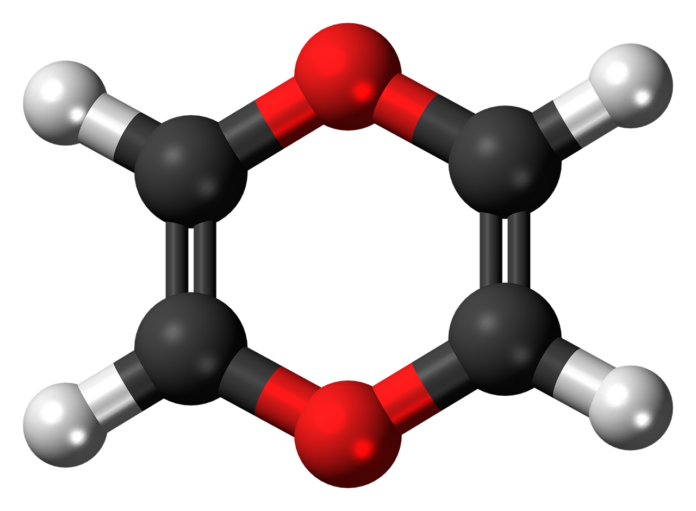
Lobsters normally have a dark-red blood. However, during times of stress, the blood of a lobster can turn into a bluish-purple color. A lobster’s blood has hemocyanin in it which is what turns the lobster’s blood to blue. Hemocyanin is found primarily in crustaceans like shrimp and lobsters as well as some insects like fleas. The hemocyanin uses copper instead of iron to bind oxygen together which gives their blood their bluish pigment instead of their usual red that you might typically see in vertebrates such as humans or other mammals. Hemocyanin is an iron protein found mainly in crustaceans. Hemocyanin is made up of the same protein chains as hemoglobin. To put it simply, hemoglobin carries oxygen to the body tissues but hemocyanin carries oxygen in other parts of the body such as the digestive system and nervous system. The copper ions bind with oxygen and create a blue pigment that turns blood red instead of a rusty color in stressed lobsters.
The chemical name for this substance is α – hemocyanin (α- means alpha). Hemocyanins are found in most crustaceans and mollusks, but they are not found in insects because insects have no need for it. Hemocyanin is also found in some fish, such as the forage fish. Hemocyanins contain copper instead of iron because of an evolutionary adaptation. Hemocyanins are present in animals that have a high oxygen demand, like lobsters. Crustaceans use hemocyanin because they use up large amounts of oxygen during their daily activities, so they benefit from having a substance that binds oxygen together to make more hemoglobin and eliminate less oxygen on a cellular level.
I can’t say that either approach is easier as this was my first time using Wikipedia for research or a reference tool for writing purposes. However, both Wiki and Google search were useful with help from social media and classmates who even suggested an app called “Wikipanion” for iPhones and iPad users as well (thank you for the idea. I’m not a tech user.) I am impressed that Wikipedia and Google are becoming more useful to students in the 21st century as evidenced by undergrads writing articles about their chemistry homework in journals and websites. (Photo credit: Bhavani Shanker / Shutterstock)
Lobsters can turn their blood from blood red to bluish-red when they experience stress or are frightened. The chemical that causes this change, alpha-hemocyanin, is found in most crustaceans. It is also found in some fish. Hemocyanin is made up of iron and copper arranged in a protein chain, and its structure is similar to hemoglobin. Hemocyanins are used by crustaceans that have a high oxygen demand, such as lobsters. Hemocyanins take up oxygen when the body needs it, such as during exercise or mating. When you see the word hemocyanin, you most likely think of lobster blood being red like human blood, but there is a way to change that color for the better: alpha-hemocyanin. Lobster blood is normally a dark-red color, but when lobster blood gets scared or stressed, it can turn a bluish-purple color. This occurs because of the presence of alpha-hemocyanin.
The chemical element that gives a lobster’s blood a blue tint is copper. Hemocyanin, an iron protein found in the body tissues of crustaceans and some fish, is made up of chains that carry oxygen throughout the body. The iron atom at one end of each chain binds with oxygen in hemocyanin and turns the blood red, and the copper atom at the other end removes oxygen from hemocyanin, giving it more blue coloring.









